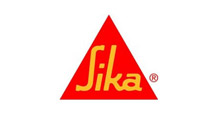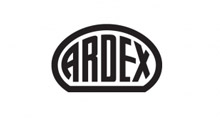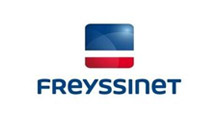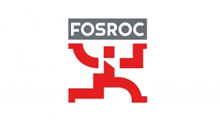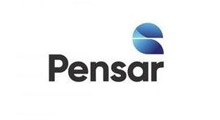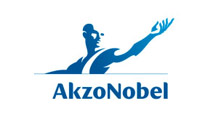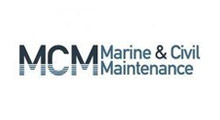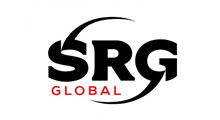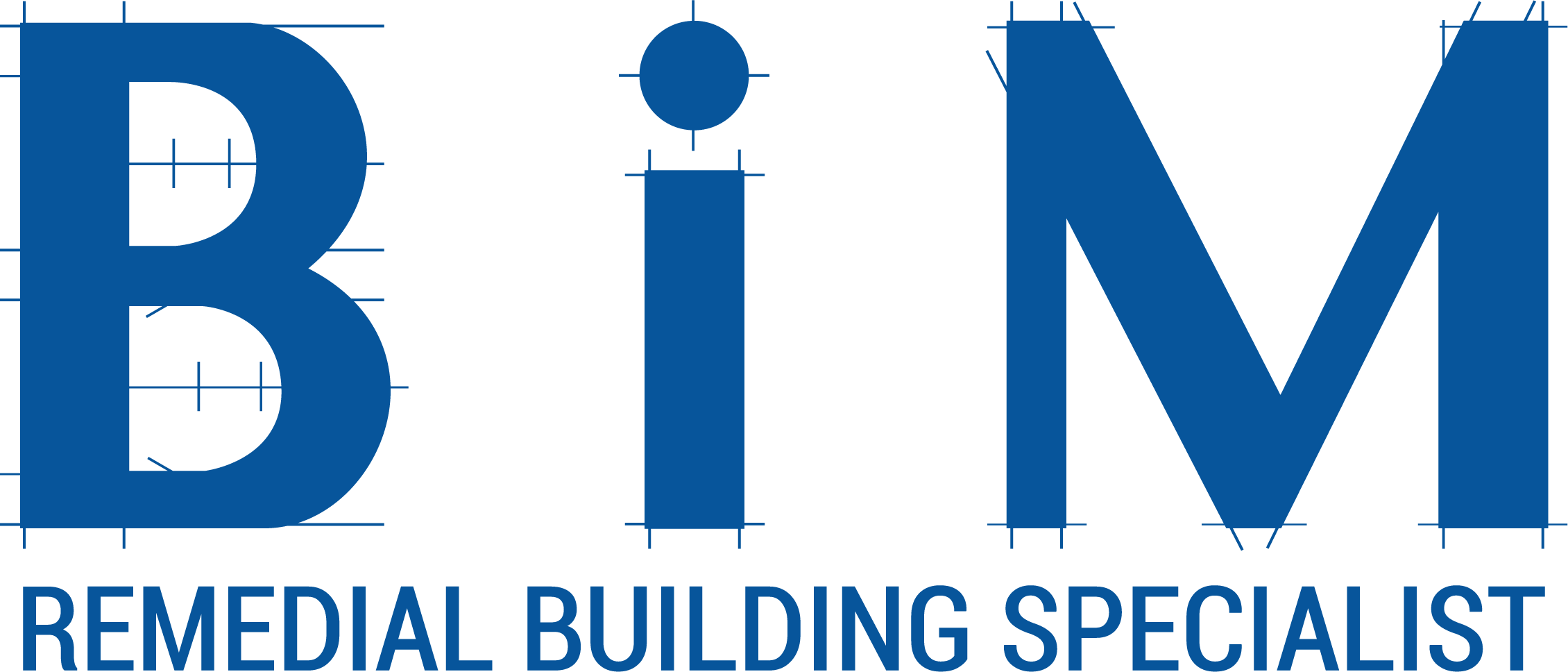
About Cracks
The cause of concrete cracking significantly influences the extent of corrosion of steel reinforcement. Thus, the type, width and orientation of cracking in a structural member normally provides an indication of the risk of corrosion. In practice, possible remedial measures might be considered only when the causes of cracks have been properly identified.
Type of cracks include:
Cracks before hardening
- Early frost damage
- Plastic
– Plastic shrinkage
– Plastic settlement - Constructional movement
– Formwork movement
– Sub-grade movement
Cracks that form after hardening
- Physical
– Shrinkable aggregates
– Drying shrinkage
– Crazing - Chemical
– Corrosion of reinforcement
– Alkali-aggregate reactions
– Cement carbonation shrinkage - Thermal
– Freeze/thaw cycles
– External seasonal temperature variations
– Early thermal contraction
– External restraint
– Internal temperature gradients - Structural
– Accidental overload
– Creep
– Design loads

Refer to Chapter 3 of the Guide to Concrete Repair and Protection, whose content comprises:
- Cracking of plastic concrete
– Plastic shrinkage cracks
– Plastic settlement cracks - Cracking of hardened concrete
- Other types of cracks
- Impact of cracks on steel reinforced corrosion
- Acknowledgement
- Further reading







